
World
18:10, 20-Mar-2019
Italy to embrace BRI: When history meets the future
Updated
21:15, 20-Mar-2019
By Duan Fengyuan, Zhang Xinyue

English poet Alexander Pope (1688-1744) wrote, "Whole nations enter with each swelling tide, and seas but join the regions they divide." Today, China and Italy are stepping closer across the land and the ocean with the Belt and Road Initiative (BRI) as an engine.
Chinese President Xi Jinping is about to embark on his European tour on Thursday, with his first stop being Italy. During the visit, Xi will meet Italian President Sergio Mattarella, Prime Minister Giuseppe Conte, president of the Senate Maria Elisabetta Alberti Casellati and president of Italian Chamber of Deputies Laura Boldrini separately.
The development of China-Italy relations and China-EU relations will top the agenda.
Italy may sign a memorandum of understanding (MoU) with China on Belt and Road cooperation during Xi's visit, thus making it the first G7 country to do so, the Financial Times (FT) reported earlier this month, quoting Michele Geraci, undersecretary in the Italian Economic Development Ministry.
00:52
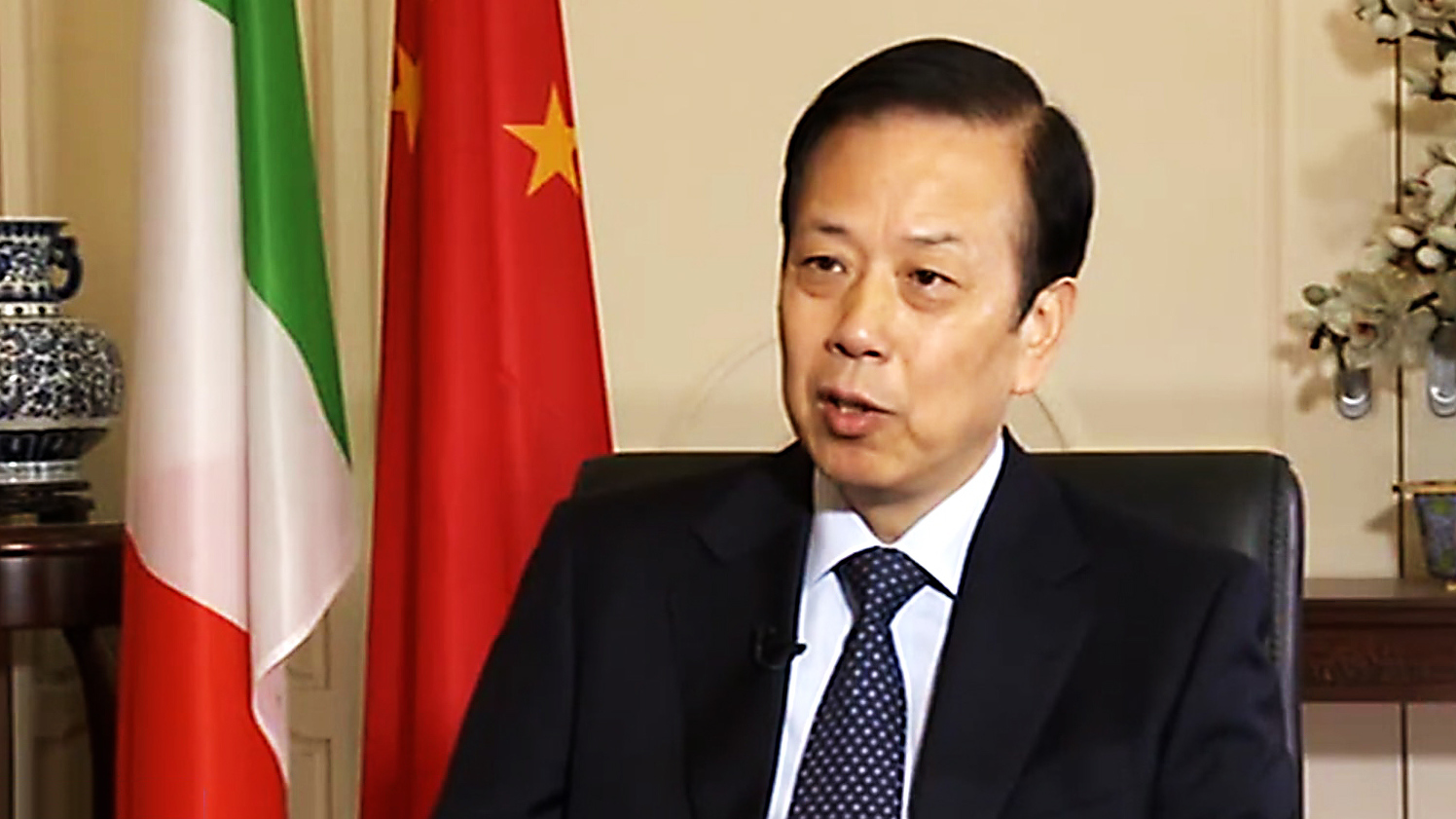
In an interview with CGTN this week, Chinese Ambassador to Italy Li Ruiyu confirmed the plan that an MoU will be signed for Italy to take part in the BRI during Xi's tour in Rome.
How will the two sides write a new chapter of their story in the 21st century – a story that has already lasted for about two thousand years?
Italy's story with Silk Road since...
China was the starting point of the ancient Silk Road, while Italy was the terminus, Ambassador Li told Xinhua during a recent interview. He also called Beijing and Rome "important partners" in Belt and Road cooperation.
Communication and trade between the two countries dated back to China's Han Dynasty (202 B.C.-220 A.D.) and the Roman Empire (27 B.C.-476 A.D.) along the ancient Silk Road across Eurasia.
More than 700 years ago, renowned Italian traveler and explorer Marco Polo headed to China along the Silk Road. Along with it, not only goods but also ideas were exchanged between the two great civilizations. His book, The Travels of Marco Polo, gave Europeans a vivid picture of China's politics, economy, culture and prosperity at the time.
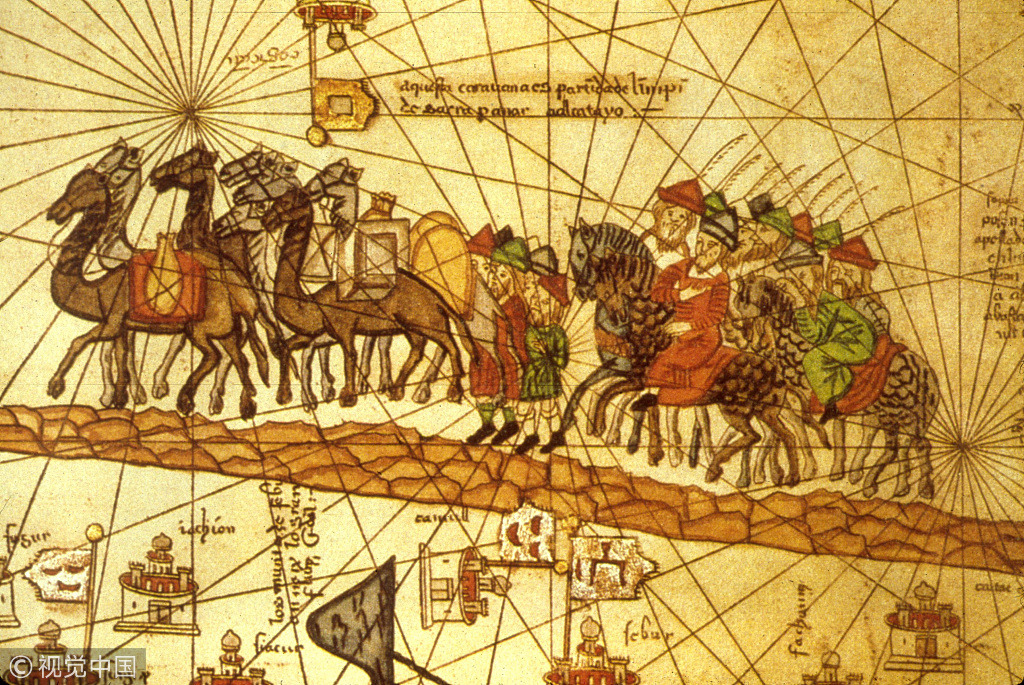
Illustrated map depicting the journey of the Venetian merchant Marco Polo (1254 - 1324) along the silk road to China. /VCG Photo
Illustrated map depicting the journey of the Venetian merchant Marco Polo (1254 - 1324) along the silk road to China. /VCG Photo
Time flies.
Geographical distance remains the same, but the story of the two countries has been developing along the road in a faster and more modern pace since Chinese President Xi Jinping proposed the BRI in 2013.
The initiative refers to the Silk Road Economic Belt and the 21st Century Maritime Silk Road – a trade and infrastructure network connecting Asia with Europe and Africa along ancient trade routes.
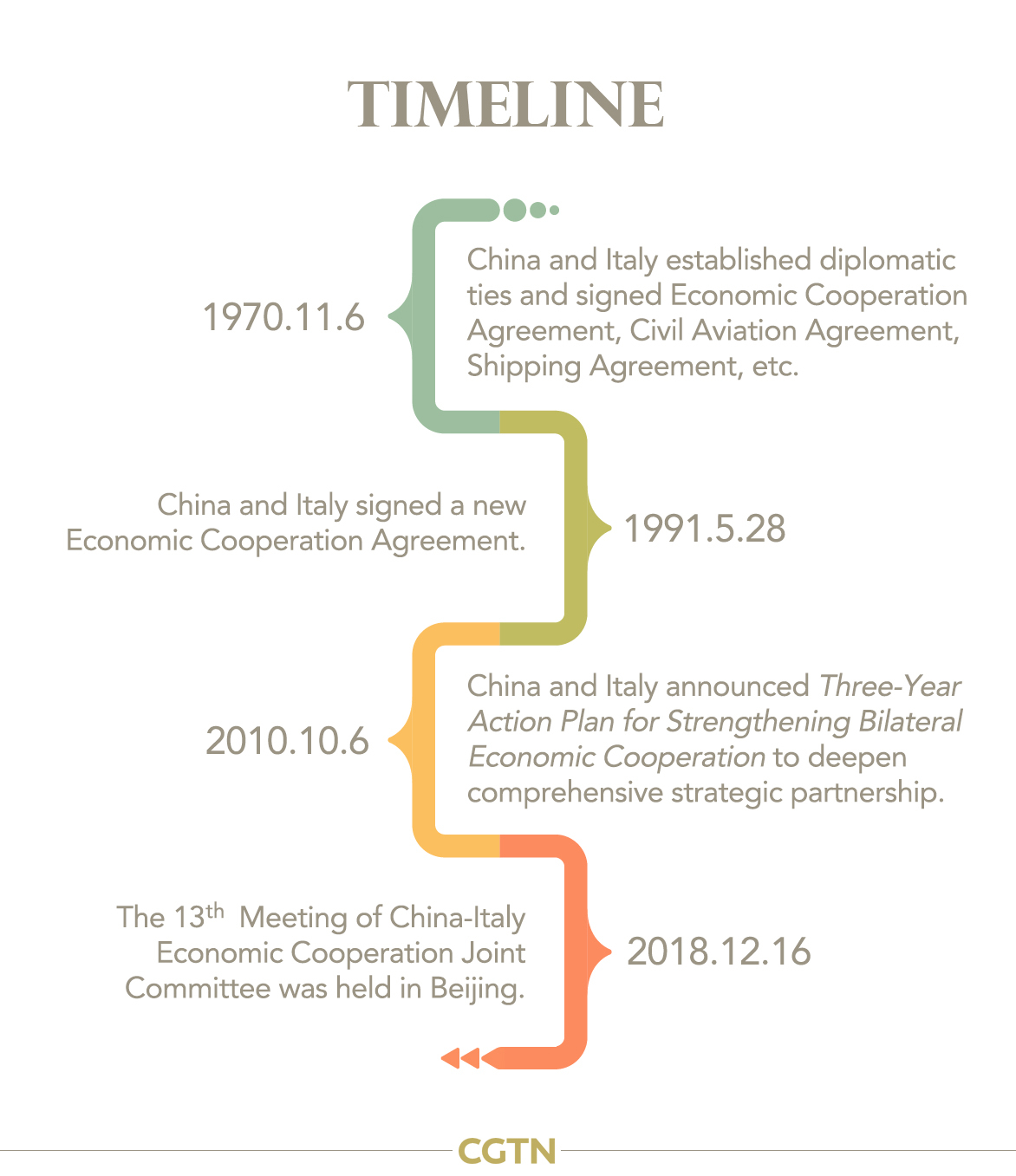
When meeting with then Italian Prime Minister Matteo Renzi in 2016, Xi suggested integrating China's BRI with Italy's development strategies. On the other hand, Italy has also shown enthusiasm in playing an active role in the initiative.
In 2015, Italy became a founding member of the Asian Infrastructure Investment Bank (AIIB) initiated by China. In 2017, then Italian Prime Minister Paolo Gentiloni attended the first Belt and Road Forum for International Cooperation (BRF) in Beijing.
Italy's story with Silk Road to continue...
Since entering office in June 2018, senior members of the current Italian government have paid three visits to China, including Finance Minister Giovanni Tria, Economic Development Undersecretary Michele Geraci and Deputy Prime Minister Luigi Di Maio, who also serves as economic development minister.
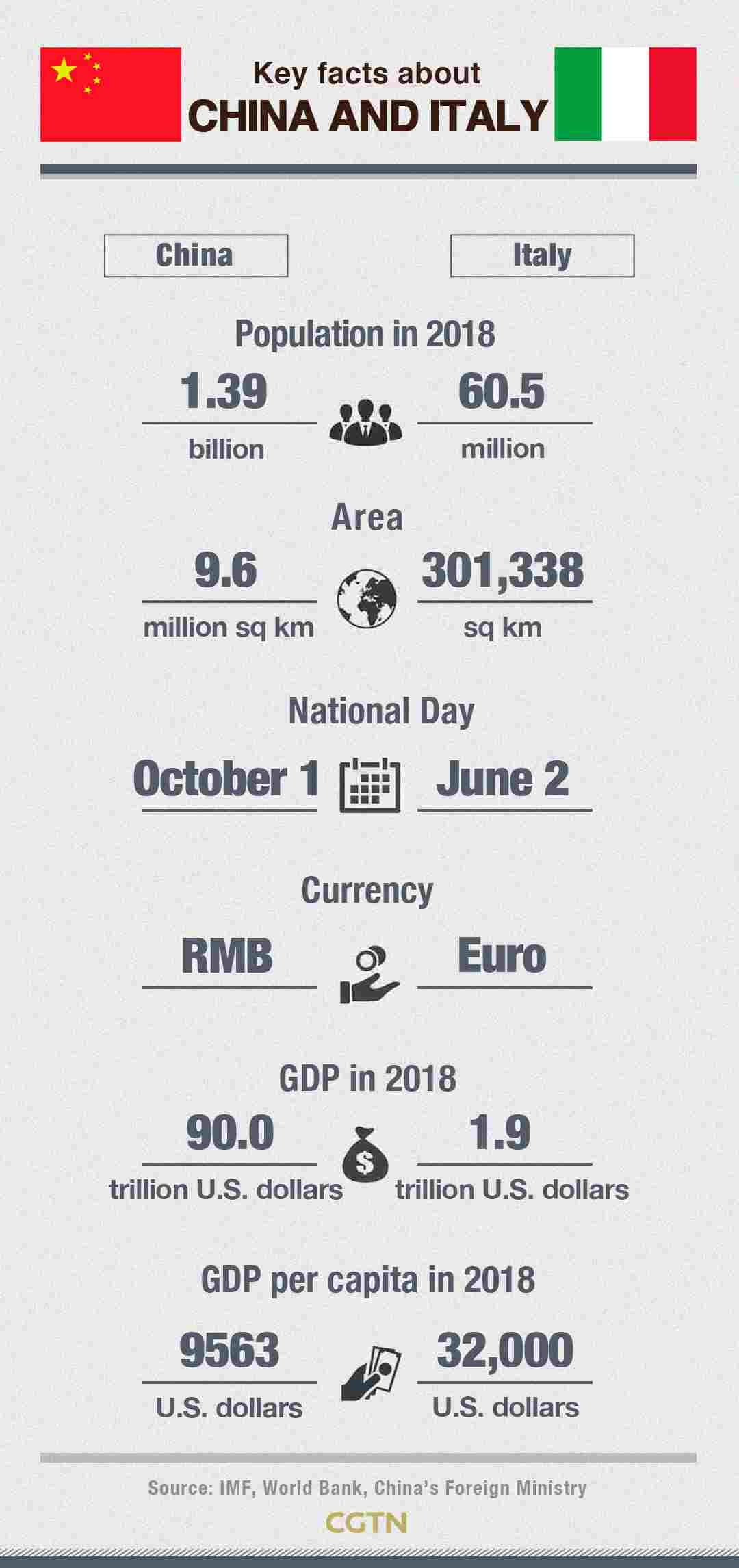
During Di Maio's visit to China in September 2018, the two countries signed an MoU on third-party market cooperation.
In August 2018, the Italian government set up a "China Task Force," a team aiming to boost trade and investment relations with China. Di Maio told CGTN that the task of the team is to "realize the BRI."
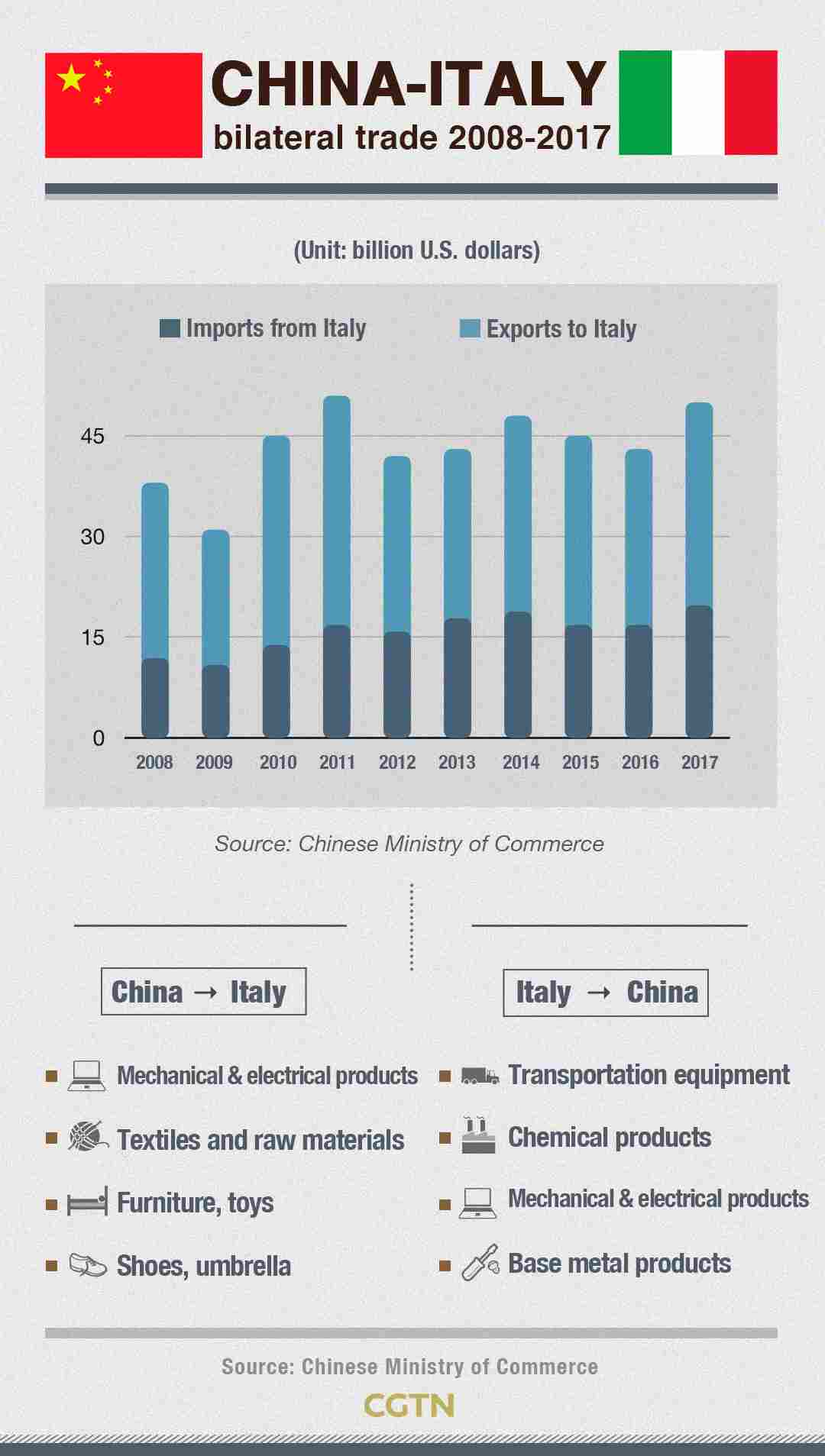
There are geographical and economic factors that may contribute to the success of the Belt and Road cooperation between China and Italy.
Italy's central geographic position along the middle of the Mediterranean Sea could help accelerate trade between Eastern, Western and Southern Europe; the BRI is also expected to help revive Italy's flagging economy.
01:43
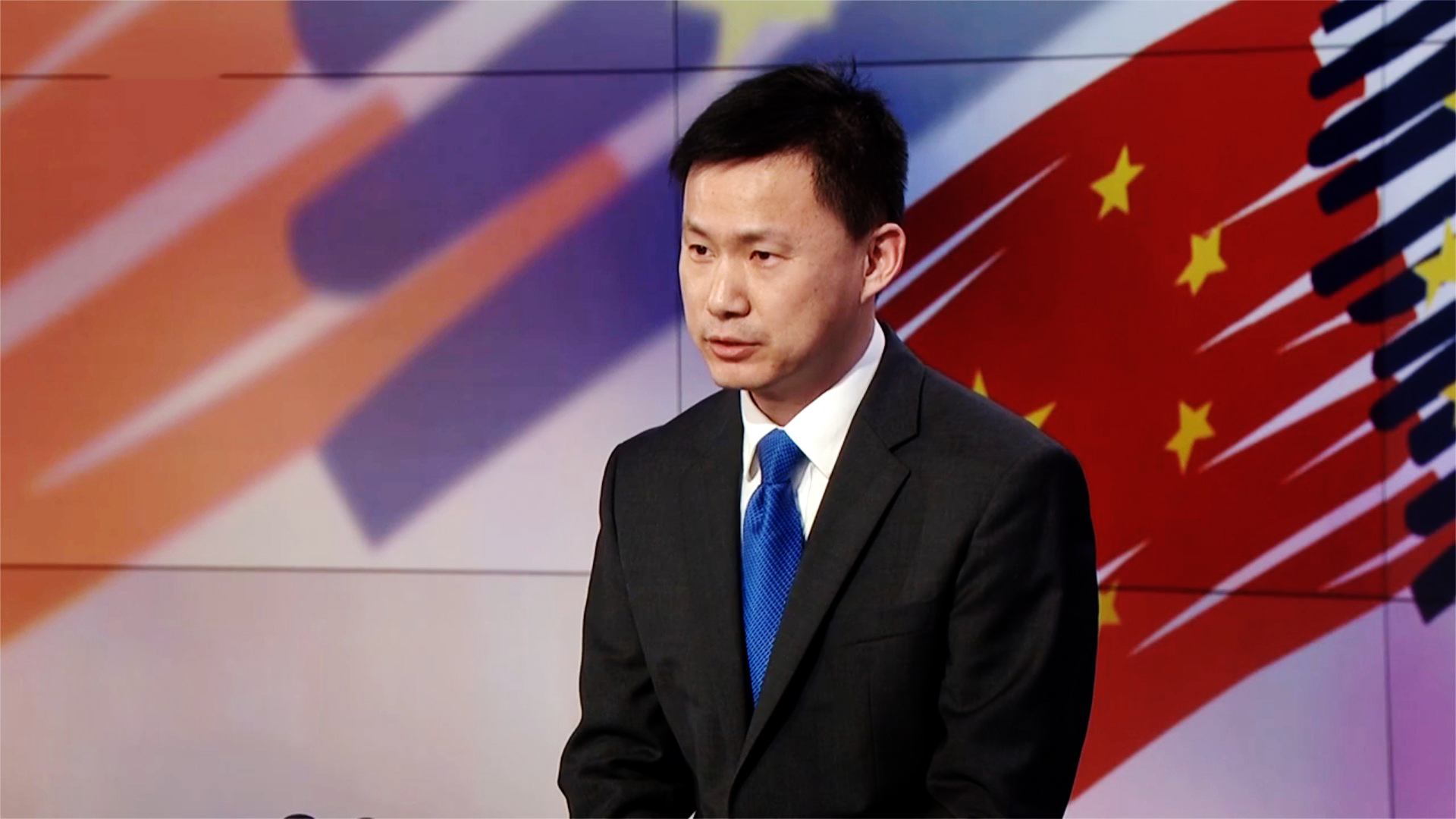
Liu Mingli, deputy director of the Institute of European Studies at the China Institute of Contemporary International Relations analyzed the significance of BRI in China-Italy relations, saying that the initiative will be a new opportunity for both sides.
According to the Chinese ambassador to Italy, structures of the two economies are highly complementary, and the two sides have been accelerating cooperation in areas such as port infrastructure construction, 5G communications and third-party market development.
Moreover, Italian Prime Minister Giuseppe Conte recently said he is willing to attend the second BRF, which is scheduled for late April in Beijing.
China, Europe increasingly interconnected by BRI
As many experts and scholars have analyzed, the opportunities and challenges of the BRI could be more smoothly addressed if the European Union (EU) forges a common position on the development plan.
Given the existing cooperation between China and several European countries in railway transportation and other areas, it may not be that hard for EU members to coordinate their stances on the BRI. In fact, efforts toward the goal have never stopped.
In October last year, Chinese officials and analysts from Italy, France, Britain, Greece, and Poland discussed the initiative's current status and prospects when gathering at Rome-based Institute of International Affairs for the seminar "China's Belt and Road Initiative, 500 days after the 2017 Beijing summit."
Malta, another Mediterranean country, recently indicated there's a possibility that it could join the initiative.
The upcoming BRF will be another opportunity to facilitate better synergy between China and Europe in co-building the modern Silk Road.
The two sides will keep forging ahead to testify the sentence: The spirit of the ancient Silk Road–the respect for diversity and the pursuit of common prosperity–is still alive and relevant.
(Cover: Map with the route of the journey in Travels of Marco Polo (The Million or Le Livre des Merveilles), illustration. /VCG Photo)
8131km

SITEMAP
Copyright © 2018 CGTN. Beijing ICP prepared NO.16065310-3
Copyright © 2018 CGTN. Beijing ICP prepared NO.16065310-3